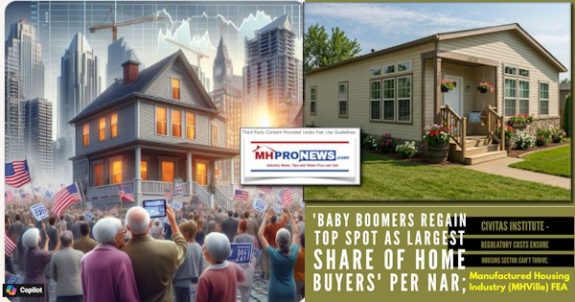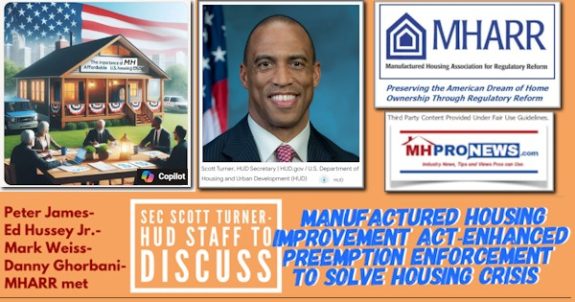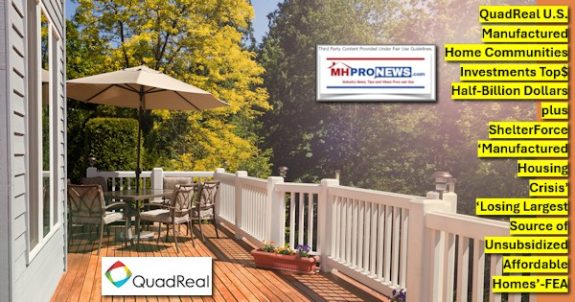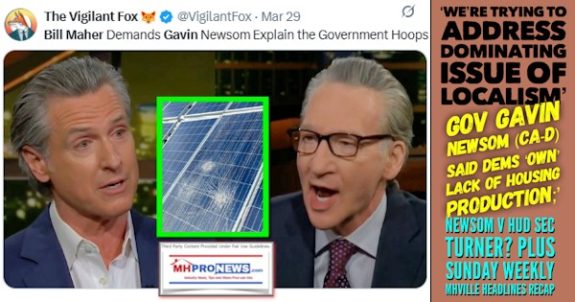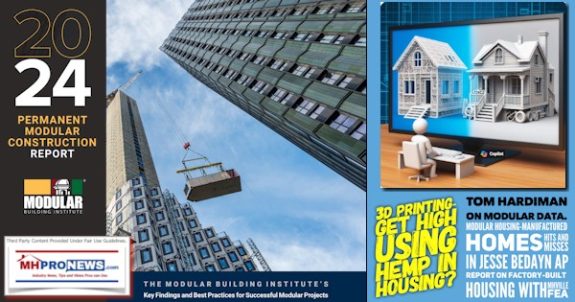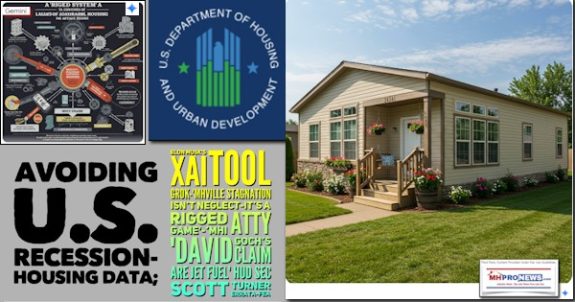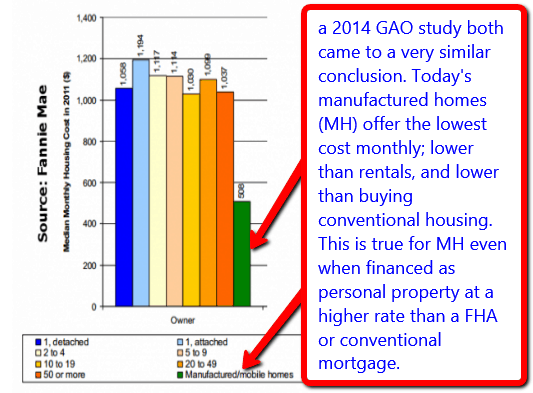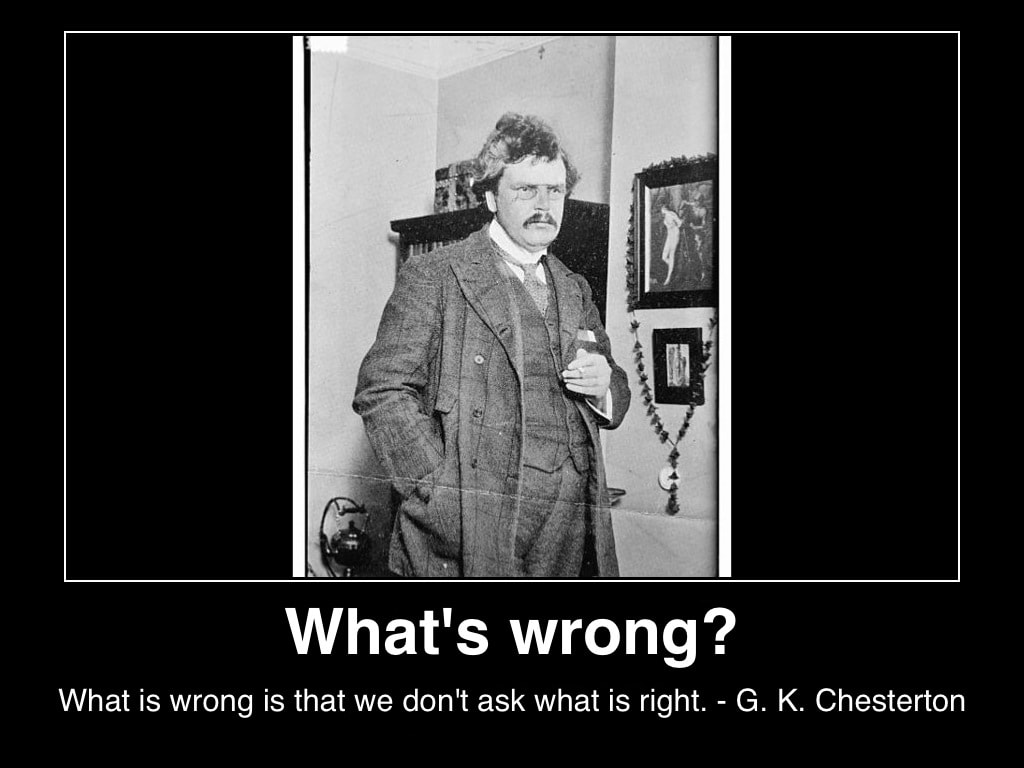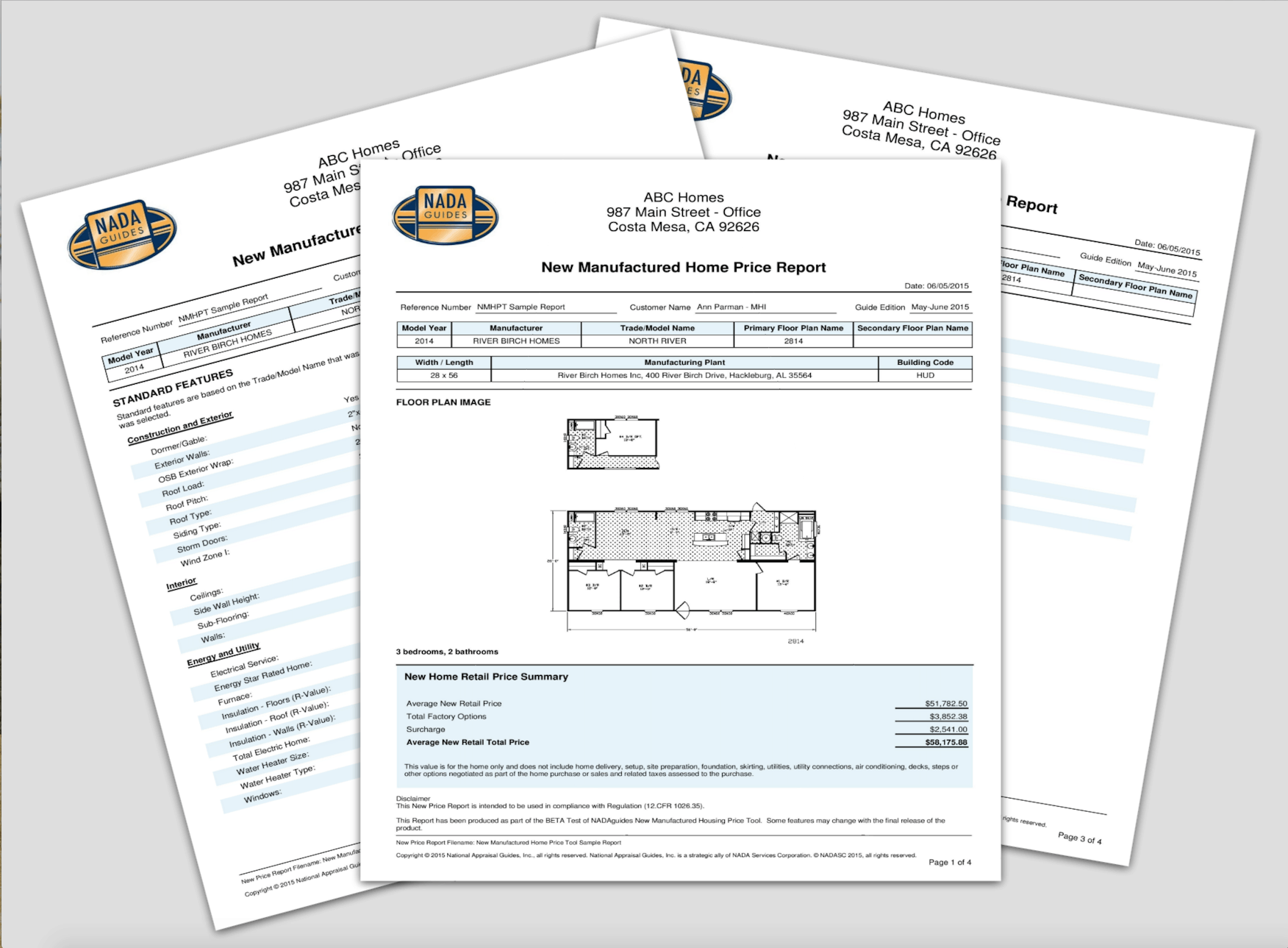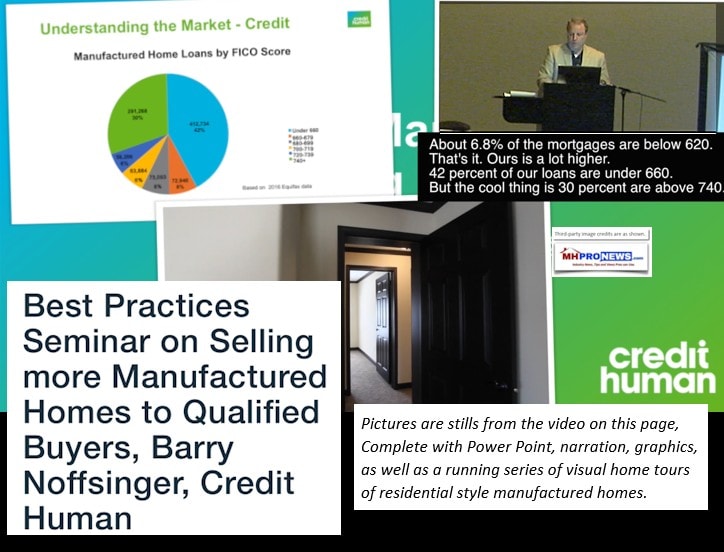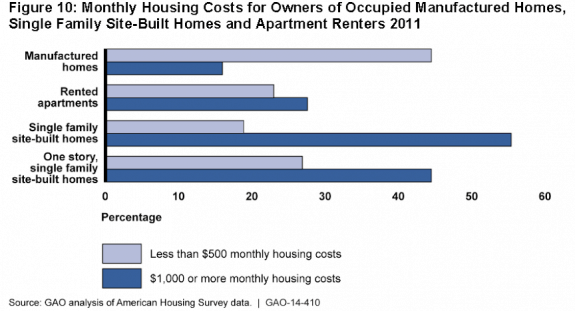This is as good a time as any for our industry to take the blinders off. Blinders may keep a horse ‘focused’ on the race by limiting their field of vision. But when it comes to blinders on people, we often need to see more, not less, to grasp our amazing array of opportunities available to factory-built housing pros. Let’s look at a few.

-
The graying of America. 10,000 people a day are retiring. Consider these facts from the Social Security Administration:
In 2013, almost 58 million Americans will receive $821 billion in Social Security benefits.
December 2012 Beneficiary Data
|
37 million |
$46.3 billion |
||
|
dependents |
2.9 million |
||
|
Disabled workers |
8.8 million |
$ 10 billion |
|
|
dependents |
2.1 million |
||
|
Survivors |
6.3 million |
$ 6.6 billion |
$1,215 average monthly benefit |
If you owned a home ‘free and clear’ you could get by on that kind of income. If you had a nice nest egg, then such income could make nice ‘spending money.’ If you had a very low cost housing (hint, hint), then this level of income might work. These retirees are an ideal target market for our industry! They have the challenge and ‘pain,’ we have the cure. Will we as professionals do what it takes to bring these millions ‘home’ with manufactured housing?
Or consider another, very different example which represents an opportunity in disguise.
Low Income and Subsidized Housing
The Center on Budget and Public Policy sees the world differently than we might, but their chart on who receives government support for subsidized housing is interesting:

In the CBPP’s December 19, 2012 update, they stated:
“Federal rental assistance programs enable more than 4.9 million low-income households in U.S. to rent modest housing at an affordable cost.”
In federal budget year 2011:
“Safety net programs: About 13 percent of the federal budget in 2011, or $466 billion, went to support programs that provide aid… various forms of in-kind assistance for low-income families and individuals, including food stamps, school meals, low-income housing assistance, child-care assistance, and assistance in meeting home energy bills; and various other programs such as those that aid abused and neglected children.” (Editor: highlighting added).
CATO Institute Facts
“Federal operating subsidies have risen from $6.5 million in 1969 to $4.4 billion by 2009. These operating subsidies are in addition to the $2.5 billion or so annually that HUD distributes for capital spending on public housing projects…About 1.1 million households currently inhabit federally financed public housing…”
Note that we are talking about 6.9 billion dollars divided by 1.1 million or $6,272.73 per household a year for those programs. That’s $522.73 a month, which could make a nice payment on a good, basic manufactured home.
From the Rental Subsidies section of CATO’s report:
“Though crime-ridden public housing projects are the most infamous symbol of federal housing policy, much more funding today goes toward rental subsidies for low-income families in private dwellings. About 2 million households receive federal tenant-based aid, at a taxpayer cost of $16 billion in 2009. In addition, about 1.3 million households benefit from project-based aid, which subsidizes rent in particular buildings at a taxpayer cost of $7.5 billion in 2009.”
What the math above ought to suggests to us in manufactured housing is that $23.5 billion is being spent on federal rental subsidizes. Another $6.9 billion on federal public housing projects. This would be $9,212.12 per household currently collecting federal subsidizes. That’s 767.68 monthly, an even nicer monthly payment on a manufactured home.
How much more is being spent at the state or local levels?
I’m not aware of any organization currently focused on what these vast sums could represent in the way of opportunities for manufactured housing. There are so many ways to approach the issue!
But one common bottom line ought to be that manufactured housing could be a means to cut these costs over time because our homes cost less to build, maintain, heat and cool that conventional housing does.
Might we, for example, create a program that takes current rent subsidized residents and turn them into owners of manufactured homes that would rapidly be paid for and thus eliminate the subsidy to them?
This is an issue that MHEC and MHI members ought to look closely at, because it will take a specific plan plus grass roots activity to turn the potential into reality.
America needs 20,000,000 new homes by 2030
In our seminars and here at MHProNews.com, we often make the point that just to keep pace with population growth, the U.S. needs 20,000,000 new homes by 2030. With incomes down but expectations still strong, certainly these are strong motivations for advancing the cause of manufactured housing directly to the home buying public.
We are awash in opportunities, these just mention a few.
In order to capitalize on these opportunities, manufactured housing professionals need to establish a plan and become engaged with their existing state, regional or national associations. Your modest investment in time and treasure could open up a wealth of opportunities that would collectively propels us to sales levels well beyond what our industry has ever experienced before. ##







